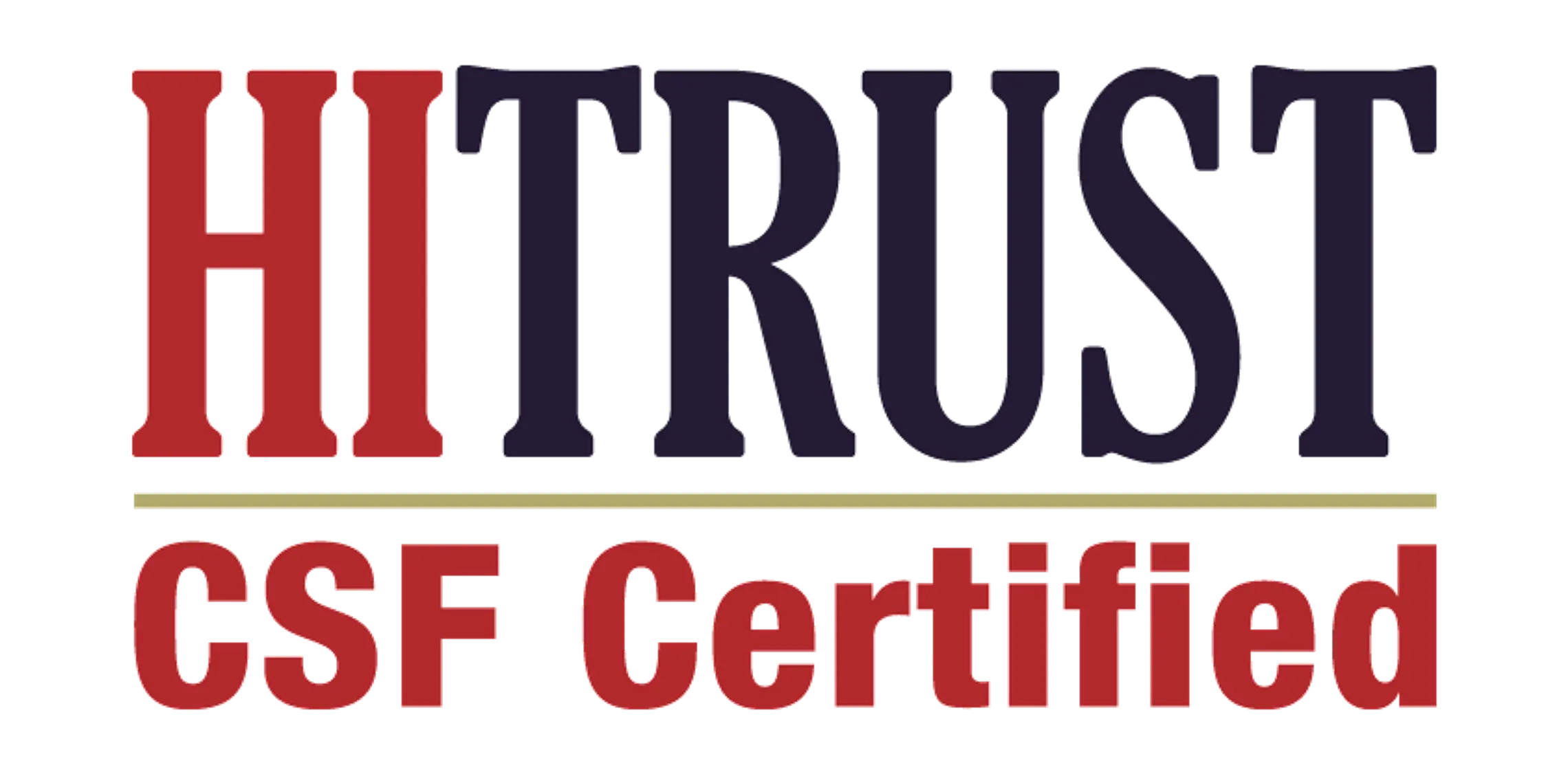Addressing Key Issues in Mid-Revenue Cycle Management

The revenue cycle management for a healthcare organization revolves around insurance claim filing and reimbursements for the medical services rendered to the patient. But, reasons like incorrect or incomplete patient information, use of wrong medical codes, pending payments, etc., disrupt the revenue cycle of a healthcare organization, affecting the annual revenue cycle. To avoid this, you should address the issues in the revenue cycle management.
Mid-revenue cycle management involves evaluating the ongoing revenue cycle to understand its flaws, factors causing quality issues, and reasons behind the denied claims. The most common reason behind errors in medical billing is the lack of documentation. The documentation related to patient information, plan-related information, the diagnostic and therapeutic services rendered to the patient, and their medical necessity, is crucial to further the medical coding and file an accurate insurance claim.
Improper documentation fails to represent the patient visit and the accurate information regarding the diagnostic and therapeutic services rendered to them. It leads to either increasing the days in A/R or the claims getting denied by the insurance company. The lack of clarity in documentation significantly impacts medical coding. If the medical coder cannot understand the patient data and the medical services offered by the organization, it is likely to have errors.
Addressing the issues in mid-revenue cycle management is necessary for improving the rate of reimbursements and reducing the pending payments. Hence becomes of utmost importance. To improve mid-revenue cycle management, you can implement the following steps.
Evaluate documentation process
As discussed earlier, proper documentation is the key to a successful insurance claim. Meeting patients and verifying their benefits and eligibility is the first step of documenting a patient visit. It gives the physician an idea regarding whether the patient’s insurance plan covers the proposed medical service or not. It also informs the physician regarding the patient's liabilities in payment.
Further, timely documentation of every medical service, the diagnostic result, and the therapeutic process ensure that the documentation is free of any irregularities. Having clarity about the patient benefits and their liability assists you in identifying the payment responsibility of the patient, thus avoiding pending payments.
Medical billing audits
Often, documentation irregularities go unnoticed. But such irregularities reflect on the medical coding process, as improper medical coding results in a denied claim. Medical coding is a sensitive process as it requires specificity and extreme accuracy. For assigning medical codes, a medical coder needs an accurate documentation of the visit. Irregularities in documentation create errors in medical coding.
Another factor that affects the accuracy of medical coding is the lack of updated databases. Medical coding serves as a bridge between the healthcare provider and the insurance company for communicating the medical services rendered and their medical necessity. Hence, the healthcare provider must use the updated database of medical codes.
To further strengthen your medical coding system, you can do quarterly or monthly medical coding audits to understand the state of your medical coding system and overall medical billing cycle. Monthly coding audits are highly recommended by the industry experts. It ensures that the irregularities are getting identified and addressed at the right time.
Follow-ups and feedbacks
Follow-ups with the insurance company and the patients enable you to track your medical billing. Timely following up with the insurance provider aids you in understanding the status of your filed claims. It helps you to address the irregularities in data. Timely follow-ups with the payor and the patient can significantly lower the days in A/R and pending payments.
Taking feedback helps you to understand how the external bodies are interacting with your medical billing system. Frequent interaction with the patient about their benefits and liabilities helps to clear the doubts about payment liabilities. Effective interaction with the patient regarding their insurance plan and payment liabilities and taking their feedback can help you improve the patient relationships.
Medical billing and revenue cycle management are not easy processes. It is evident when you factor in the growing disease burden and the rate of hospital admissions. If you are overwhelmed by the medical billing, consider outsourcing your medical billing and revenue cycle management to a third-party body like VLMS Healthcare.
At VLMS Healthcare, we provide you the complete coverage on your medical billing and revenue cycle management throughout the financial year. Our team of certified medical coders can help you with streamlining your medical coding system and also assist you in performing medical coding audits. Our team of experts can help you in reaching your desired revenue goals through effective revenue cycle management.
If you are looking to revamp your medical practice, consider contacting us and taking a step towards your desired revenue goals.






